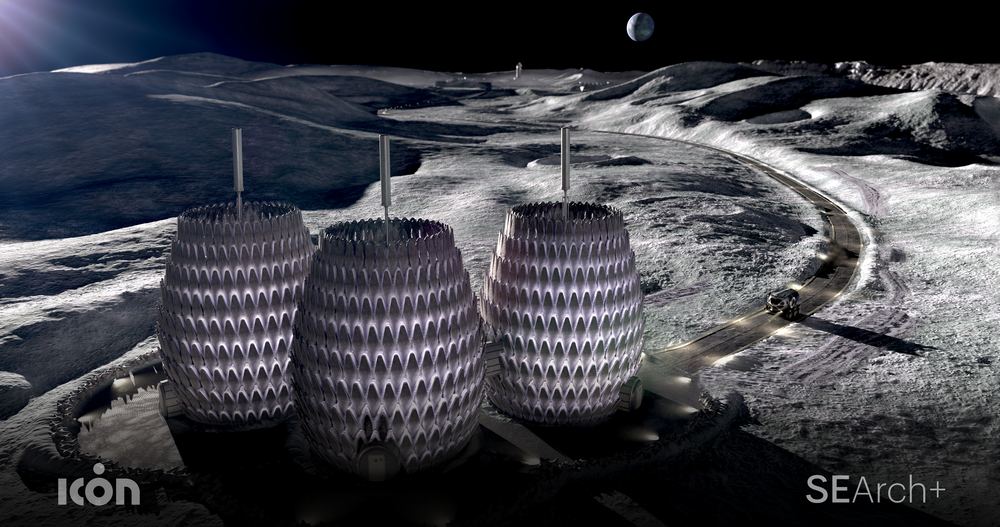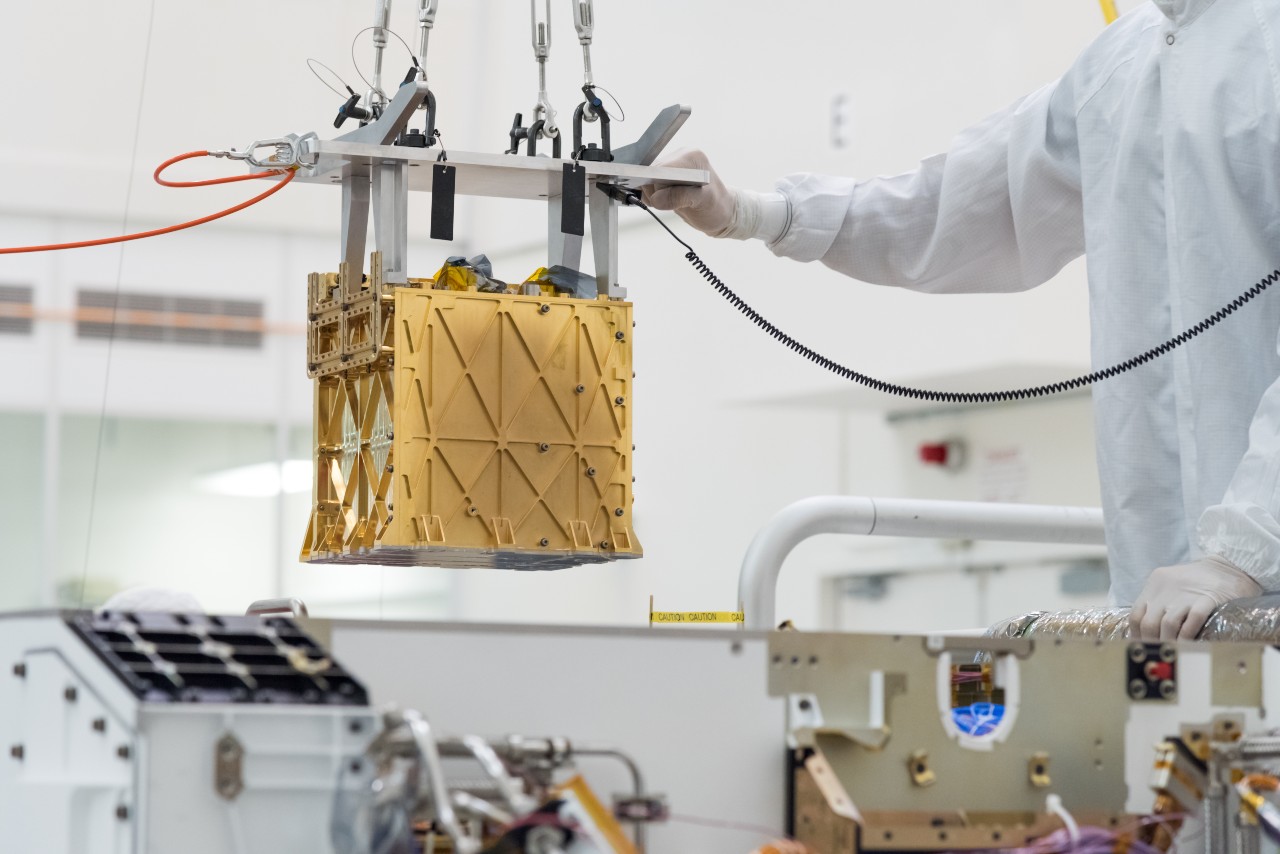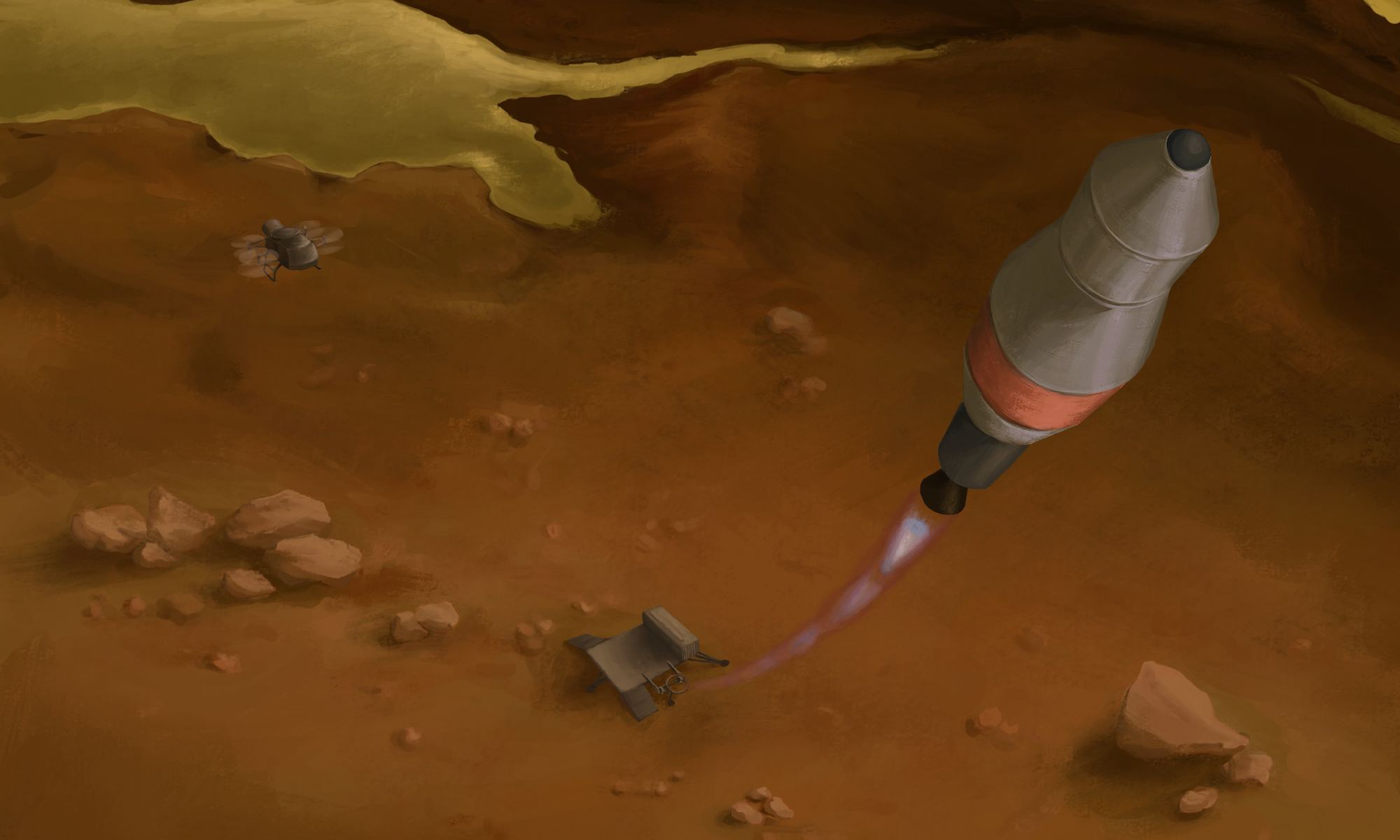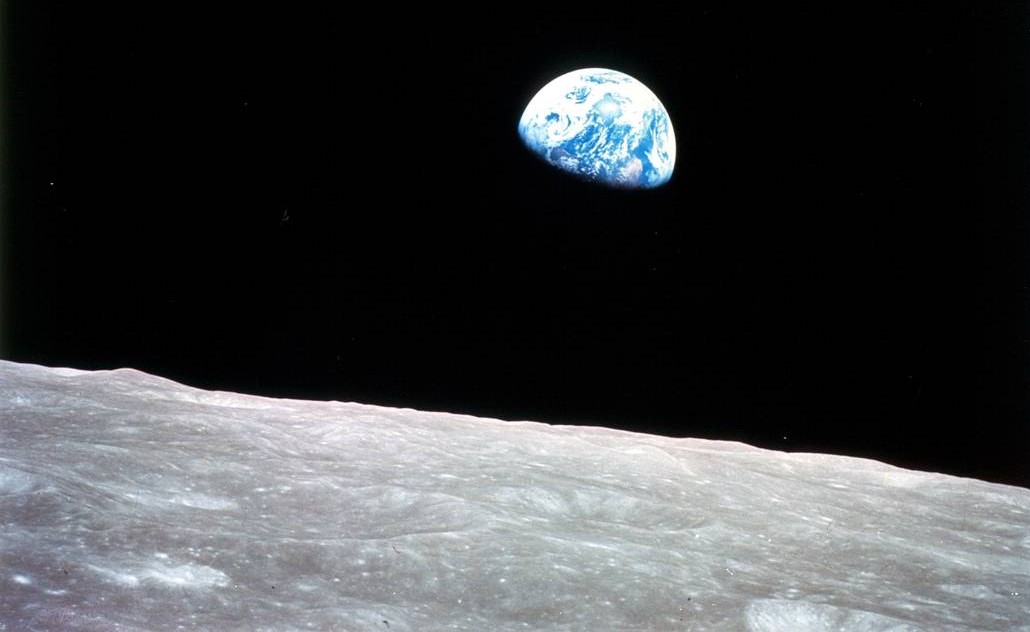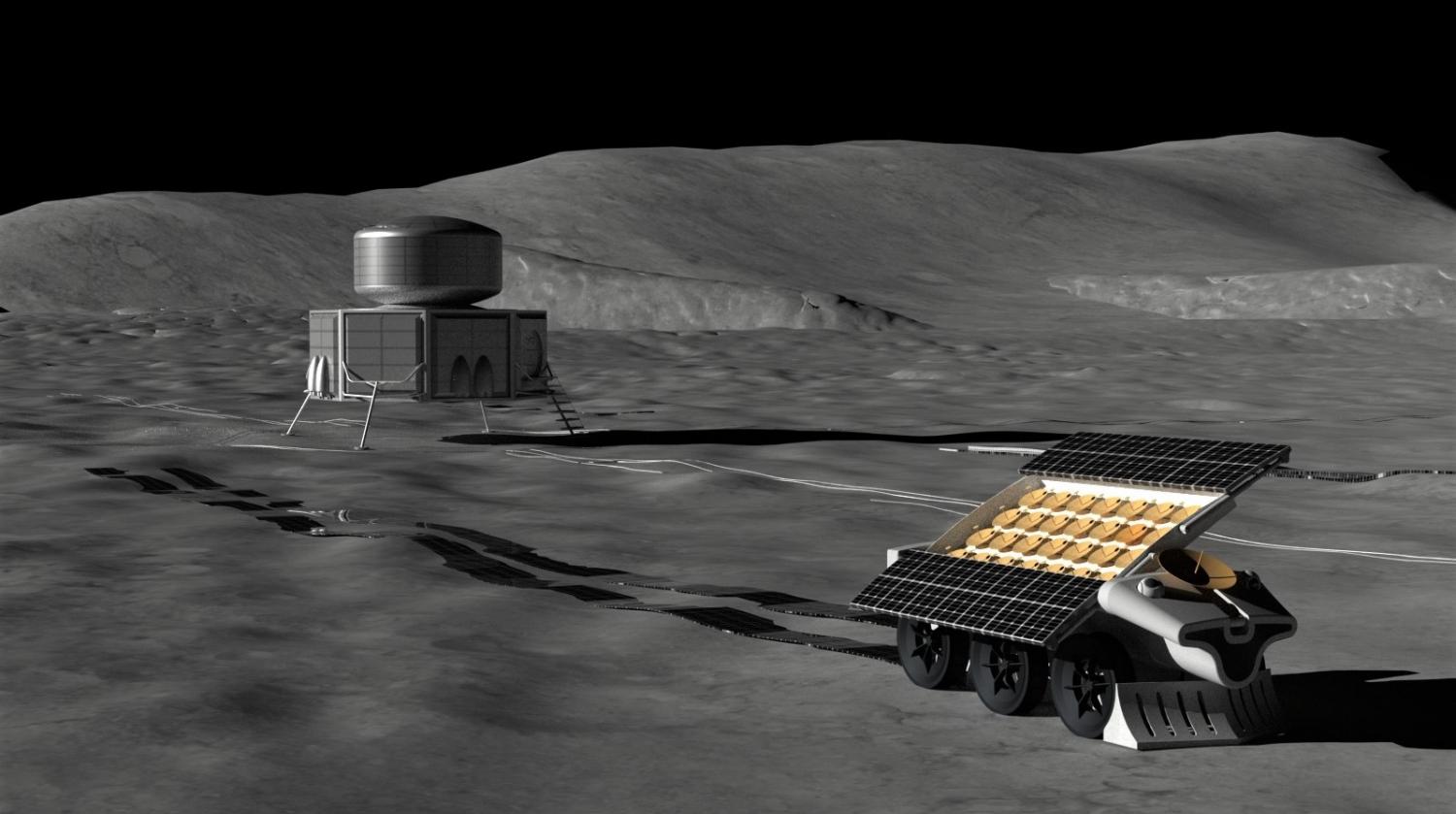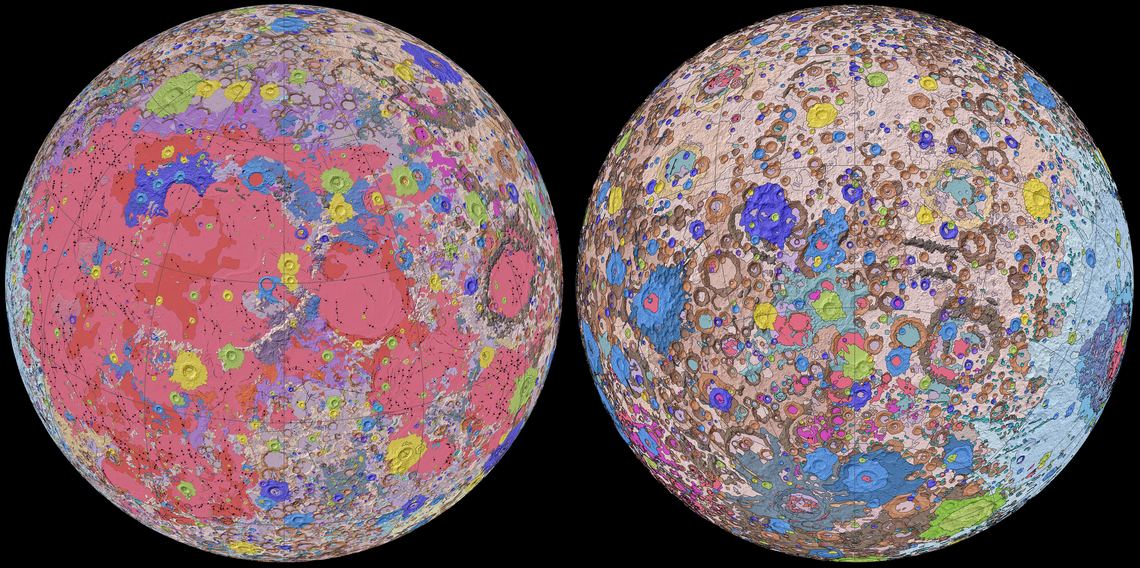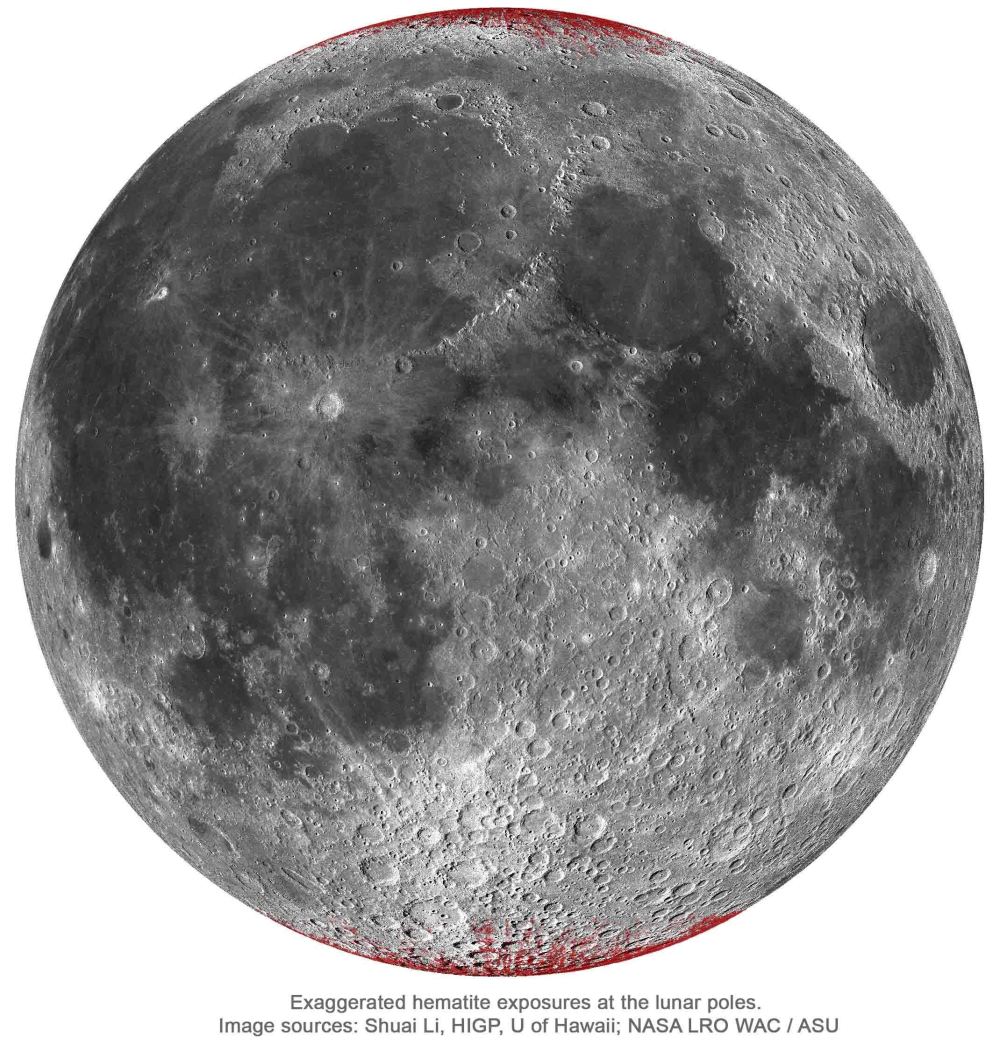The existence of water on Mars is a contentious subject. We know there used to be water on the surface of the planet, though it’s long gone now. We know there’s frozen water underground in the world, and we know there’s water vapour in the air. But life needs liquid water.
Could there be liquid water on Mars?
A new study shows how salty water could emerge from the atmosphere onto Mars’ surface under the right conditions.
Continue reading “There are Places Where Salty Water Could Emerge Onto the Surface of Mars”



